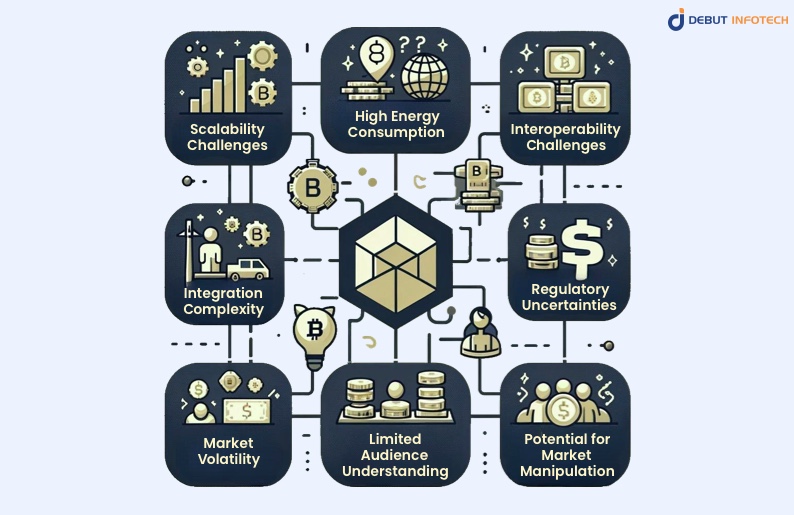Print Fix Hub
Your go-to source for everything print-related, from troubleshooting to tips.
Crypto Game Interoperability: Where Worlds Collide
Discover how crypto game interoperability is reshaping virtual worlds and unlocking new play-to-earn opportunities. Dive into the revolution!
Understanding Crypto Game Interoperability: How Different Worlds Connect
Understanding crypto game interoperability is essential for grasping how various blockchain ecosystems can work together to enhance user experience and expand the gaming landscape. Interoperability allows players to transfer assets, characters, and items seamlessly across different games, fostering a more connected and engaging environment. This synergy not only benefits developers by creating broader market opportunities but also enriches the player's journey as they navigate through diverse virtual realms.
The foundation of interoperability lies in the use of standard protocols and smart contracts that enable communication between various blockchain platforms. For instance, the ERC-721 and ERC-1155 standards on Ethereum facilitate the creation and management of unique digital assets and non-fungible tokens (NFTs). As more developers adopt these standards, we can expect various games to share resources, leading to a robust and vibrant ecosystem that encourages cooperation and innovation. Ultimately, fostering interoperability in crypto games can lead to a more dynamic gaming community, where players can genuinely own and trade their digital assets across different worlds.

Counter-Strike is a popular tactical first-person shooter game that has been a staple in the gaming community since its release. Players can engage in intense team-based matches, utilizing strategies and skills to outsmart their opponents. For those looking to enhance their gaming experience, using a bc.game promo code can provide added benefits and rewards.
The Future of Gaming: Why Interoperability Matters in Crypto
The future of gaming is increasingly intertwined with the realm of cryptocurrency, and at the heart of this evolution lies the concept of interoperability. As gamers seek more versatile and integrated experiences, the ability to seamlessly transfer assets across various platforms becomes crucial. For instance, imagine a scenario where a player can purchase an exclusive weapon in one game and use it in another—this type of connectivity not only enhances the user experience but also fosters a vibrant economy within the gaming community. Current trends indicate that gamers are demanding interoperability, pushing developers to create ecosystems that break down the barriers between different gaming worlds.
Moreover, the importance of interoperability extends beyond gaming experiences; it has significant implications for ownership and monetization in the gaming industry. With blockchain technology, players can truly own their in-game assets, such as skins, characters, and items, securely stored as non-fungible tokens (NFTs). This ownership facilitates a decentralized marketplace where players can buy, sell, or trade their assets freely. As the industry advances, fostering a culture of interoperability will not only enrich player interactions but also promote sustainability in the gaming ecosystem, paving the way for innovations that can redefine the landscape of gaming as we know it.
Can Your Avatar Travel Between Games? Exploring Crypto Game Interoperability
As the gaming industry rapidly embraces blockchain technology, the concept of crypto game interoperability becomes increasingly significant. Players are now exploring whether their avatars can seamlessly transition across multiple gaming platforms, utilizing the same assets and identities. This capability not only enhances the gaming experience but also encourages a more connected and cohesive gaming ecosystem. Imagine moving your beloved avatar from an intense battle in one game to a farming simulation in another, all while retaining your hard-earned items and achievements.
The vision for crypto game interoperability is supported by a variety of projects and protocols aimed at creating cross-game compatibility. Developers are exploring various methods, such as NFTs (non-fungible tokens), to represent unique in-game items that can be used in different titles. This revolutionary approach poses exciting possibilities for gamers, enabling them to trade, sell, or modify their in-game assets across diverse environments. However, challenges such as technical limitations and differing game mechanics must be overcome to fully realize this vision of an interconnected gaming universe.